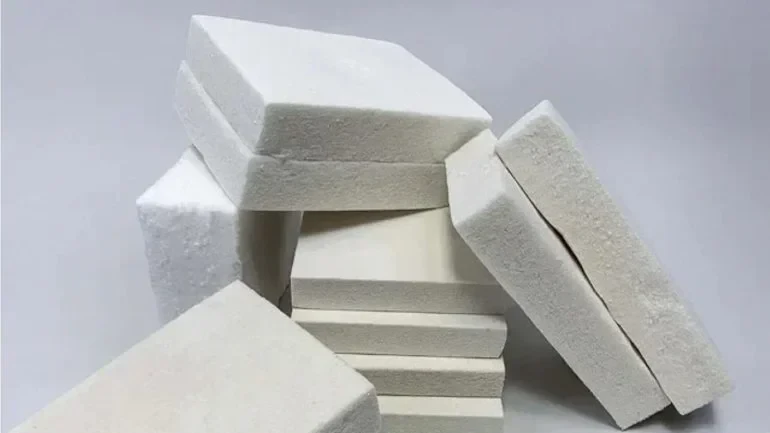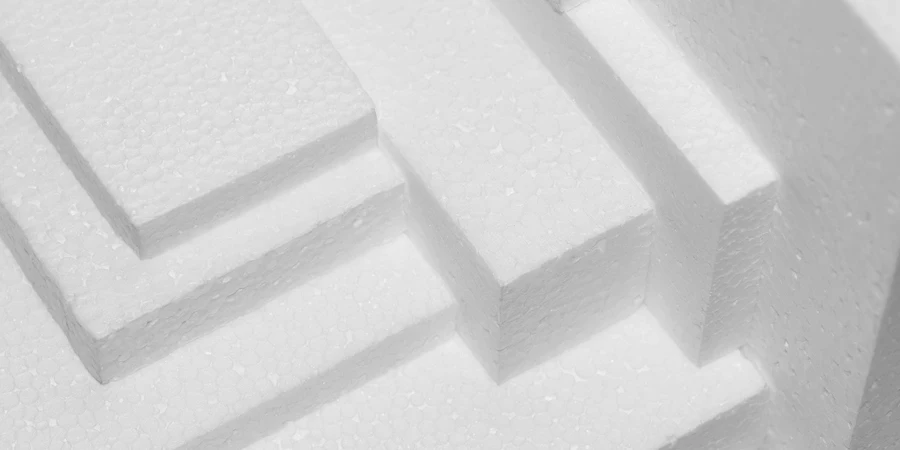A detailed examination of wood foam packaging, exploring its composition, benefits, and possible drawbacks.

Wood foam packaging, a relatively recent innovation, is gaining attention as an alternative to traditional polymer-based foams. It utilises cellulose fibres derived from trees, making it easily recyclable alongside paper-based packaging.
Primarily employed in eCommerce and gift box applications, this article explores the material’s features, its available options, and the potential benefits and drawbacks for businesses.
Wood foam advantages
Wood foam options: Fibrease® and Papira®
Currently, Stora Enso offers Fibrease®, the first commercially available wood foam packaging, made from sustainable Nordic wood. This product provides effective damping, cushioning, and insulation.
It is suitable for various packaging products, such as foam-lined boxes and gift box foam, with the added advantage of easy recycling.
Papira® by Stora Enso: the biodegradable option
In development at Stora Enso, Papira® is another wood foam packaging material expected to offer similar benefits as Fibrease® but with the added benefit of full biodegradability. T
his characteristic ensures that Papira® materials decompose over time without contributing to plastic pollution.
Why should your business consider wood foam packaging?
Uses renewable resources: A notable environmental benefit of wood foam packaging is its use of renewable resources—trees. Both Fibrease® and Papira® use Nordic wood from sustainable sources, reducing reliance on finite fossil-based materials like plastic and lowering CO2 emissions.
Minimises plastic pollution: Wood-based foams contribute to reducing plastic pollution. Papira® is fully biodegradable, and both Fibrease® and Papira® encourage end-user recycling through ease of use, reducing the likelihood of plastic ending up in oceans or the environment.
Attractive appearance: From a commercial standpoint, wood foam packaging offers a unique and attractive aesthetic appearance. Its white/neutral colouring makes it suitable for brands positioning themselves as sustainable options, and it provides a pleasant tactile experience for customers.
Protection in transit: While not matching the performance of traditional foams, wood foam still offers suitable protection for various items during transit. It prevents items from colliding, absorbs shocks, and provides cushioning to prevent damage.
Ease of recycling: The most significant advantage of wood foam packaging is its ease of recycling for end-users. Both Fibrease® and Papira® can be recycled alongside paper and cardboard, simplifying the recycling process for customers and reducing material ending up in landfills.
Improved brand perception: Using wood-based packaging positively impacts how consumers perceive a brand. With a growing preference for sustainable businesses, packaging products in easily recyclable, natural materials can enhance a brand’s image.
Disadvantages of wood foam
Lower performance levels: Despite providing adequate cushioning, wood foam’s performance levels are not currently as high as some polymer-based foams. It may not be suitable for extremely fragile or valuable items that require precise protection during transit.
Potential for dust: Depending on the conversion method, wood foam has the potential to create dust over time, making it unsuitable for products sensitive to fibres or high-end applications.
Limited conversion methods: Wood foam has limitations in conversion methods. While it can be sawed, laminated, die-cut, and formed with a waterjet, intricate products may be challenging to fit precisely within the foam, unlike polymer-based options.
Costs: As a relatively new material, wood foam packaging is currently more expensive than traditional plastic-based foams. However, the price difference is expected to decrease with increased adoption, and wood foam is not subject to the UK plastic packaging tax.
Wood foam applications
Gift box foam: Wood foam is ideal for gift box packaging, creating inserts for retail and presentation packs. Its natural appearance makes it popular in cosmetics and healthcare products, especially for brands emphasising organic and sustainable practices.
eCommerce packs: In eCommerce packaging, wood foam can replace plastic-based void fill, offering improved protection and appearance, along with the crucial benefit of ease of recycling.
Foam-lined boxes: Wood foam is suitable for replacing plastic foam in standard “foam-lined boxes” used for postal and eCommerce shipments, providing similar performance at a comparable cost.
Temperature controlled packaging: Due to its good insulative properties, wood foam has potential applications in temperature-controlled packaging, keeping sensitive items at a safe temperature during delivery.
Should your business switch to wood foam packaging?
While wood foam packaging presents several advantages, it may not be a straightforward switch due to differences in protective performance, longevity, cost, and recyclability.
Businesses are already adopting wood-based foam packaging, and its suitability depends on specific industry needs. For comprehensive advice, businesses can seek guidance from experienced providers with knowledge of wood foam materials.
Source from Packaging Gateway
Disclaimer: The information set forth above is provided by packaging-gateway.com independently of Alibaba.com. Alibaba.com makes no representation and warranties as to the quality and reliability of the seller and products.




